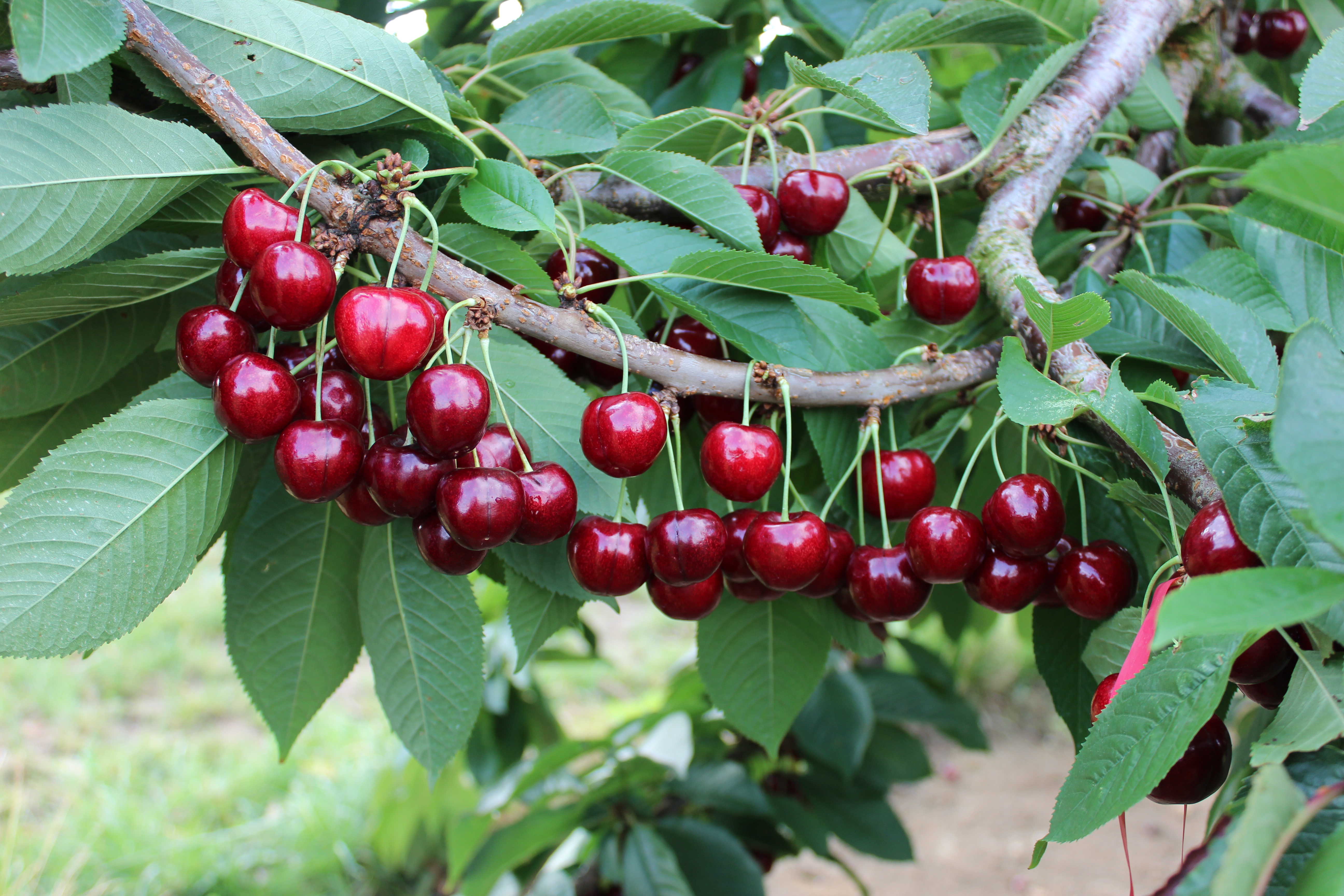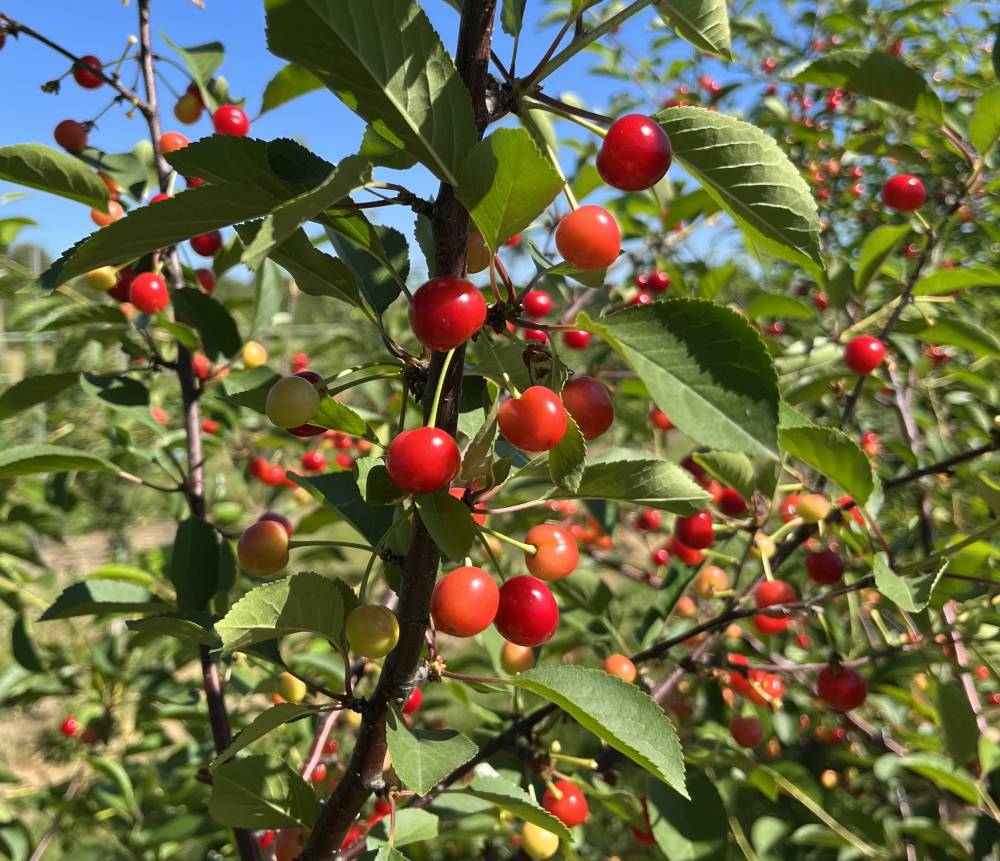The grading of cherries has historically been one of the most challenging problems related to the marketing of fruits. Currently, manual grading remains prevalent during the cherry ripening season; However, this approach is characterised by high costs, inefficiency, and difficulties in ensuring fruit quality, thus giving rise to significant problems during marketing.
As a result, the advancement of automatic calibration machinery is becoming of high interest. According to the various stages of ripeness, the color of cherries is classified into three distinct levels. To ensure that the cherries retain their crunchy texture and high hardness even after several days after packaging and transport, they must be harvested and sorted before the ripening phase characterized by a deep red color.
IThis ensures that the products marketed are of high quality. Currently, during the calibration phase, it is customary to divide the product into four main categories: unripe, ripe, over-ripe and damaged. However, this classification is not broad enough, and further research and the addition of new categories, such as diseased and semi-ripe fruits, are needed to improve it.
As a result, accurately determining the ripeness and spoilage of cherries is crucial for their processing. Thanks to technological advances in artificial intelligence, photographs have been used in numerous studies to detect the quality of the appearance of fruits, without fruit destruction.
As an example, Swin Transformer is a deep learning model that, unlike its predecessor Vision Transformer, is accurate and efficient, and can serve as the basis for a universal computer vision system. The work carried out by researchers from research institutes in Xi'an (China) presents a method based on Swin Transformer to identify the quality of cherries based on their external appearance.
The proposed method extracts feature information from cherry images using the Swin Transformer and then loads that information into classifiers, including the multilayer perceptron (MLP) and the support vector machine (SVM), for classification purposes. In this study, 4669 photos taken with a mobile phone in cherry cv Tieton fruits in different stages of ripeness and then analysed.


The approach shows excellent performance in cherry recognition. It is remarkable that the training time of Swin Transformer and MLP was only 78.43 seconds (when in the absence of MLP the training time was 551.24 seconds) and that their recognition accuracy peaked at 98.5%.
The proposed method therefore has considerable practical utility. In addition, this approach also serves as a reference point when it comes to identifying the degree of ripeness of other varieties. In fact, to calibrate a different variety, it is sufficient to replace only the data set.
Therefore, this study provides an adaptable and practical solution to the problem of calibrating cherry cultivars. The application of this method to sorting equipment and other mechanical devices, to advance the development of intelligent sorting methods, will be the focus of future research.
Source: Song Ke, Yang Jiwen, Wang Guohui, A Swin transformer and MLP based method for identifying cherry ripeness and decay, Frontiers in Physics, vol.11, 2023, https://www.frontiersin.org/articles/10.3389/fphy.2023.1278898.
Melissa Venturi
University of Bologna (IT)
Cherry Times - All rights reserved












